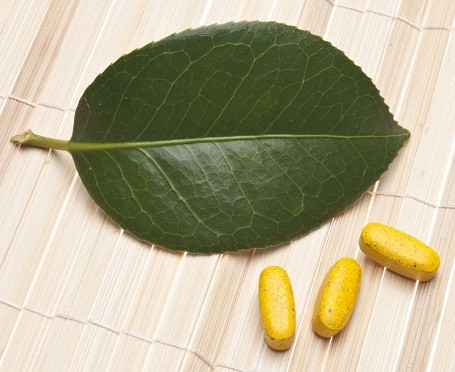Finding aspirin in the wild is a vital survival skill that might not be a life-saver, but may make it easier to get through an injury.
One Note: If you are allergic to synthetic Aspirin, stay away from these suggestions – natural Aspirin tends to absorb quicker and tends to have a more powerful affect in terms of side-effects.
Poplars contain a compound known as salicin in their inner bark. The marketed artificial substance many of are familiar with is acetylsalicylic acid; commonly known as Aspirin.
The risks that apply to aspirin use still apply here and should not be taken lightly.
Usually, a younger branch off of a willow or aspen tree is cut. From there bark is scraped off and collected making sure to get the white “slick” layer of inner bark just underneath and before the hardwood. Within this bark and cambium layer lies the pain killing properties of aspirin.
There are a couple methods of ingesting this drug to help fight pain and alleviate inflammation. The most simple is to take about a 2 table spoon dose of the shredded cambium and bark then chew on it.
The second method of ingestion is to make a tea. Once again, take about 2 table spoons of the cambium, let it steep for about 10 minutes in hot water. Be careful not to boil the water with the cambium in it as it may denature the aspirin.
Finding Aspirin naturally is easy to do if you know where to look and applying it is simple too, although it tastes as bad as synthetic Aspirin.
If you are injured in the wild, however, using these natural substances to gain pain relief or reduce swelling is a critical survival skill you can add to your arsenal.
For a list of natural occurrences of Aspirin, please visit Survival Magazine.
